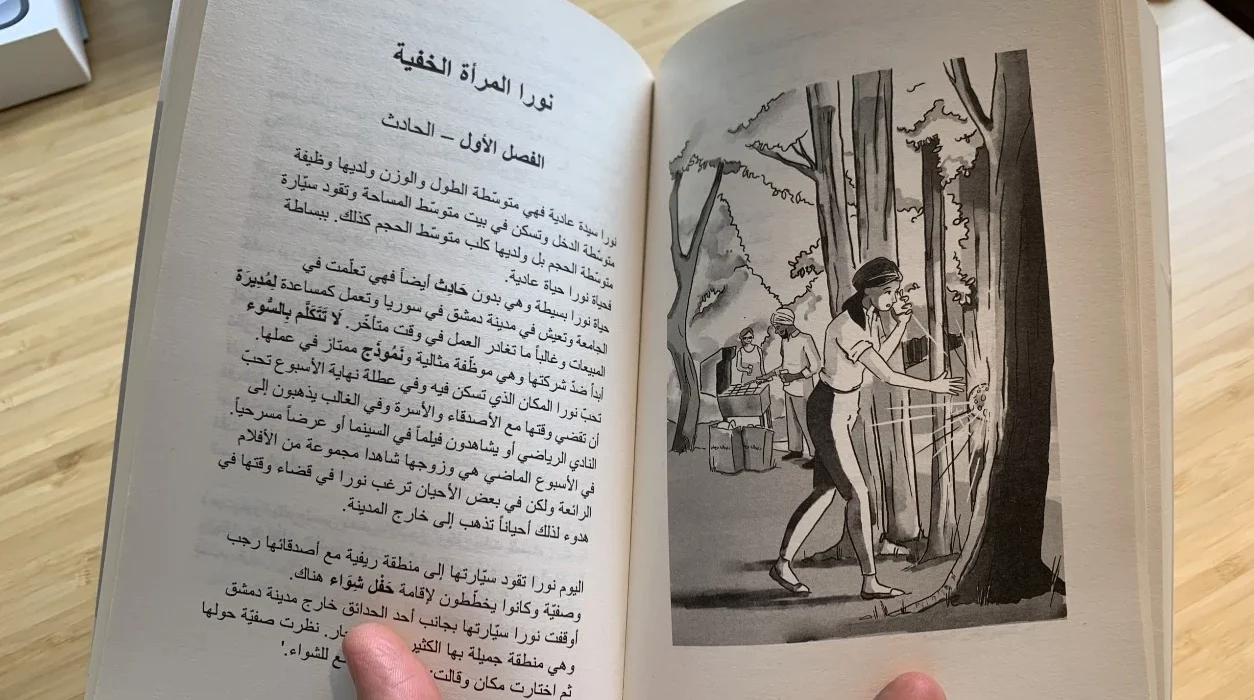Circumlocution—expressing meaning through extended or indirect phrasing—is a defining feature of Arabic literary style. When translators render Arabic short stories into English, this linguistic artistry becomes both an obstacle and an opportunity. This article explores how circumlocution functions in Arabic storytelling and how it’s adapted in Arabic to English Localization to preserve rhythm, subtlety, and meaning.
Understanding Circumlocution
Arabic often values elaboration, rhythmic repetition, and metaphorical buildup. In English, brevity is prized. Bridging these stylistic worlds is central to literary translation.
Function in Arabic Literature
Authors like Naguib Mahfouz and Tayeb Salih use circumlocution to evoke emotional weight and suspense. These stylistic loops convey character psychology and social tension.
Challenges for Translators
Literal rendering risks redundancy. Yet excessive trimming erases the original’s artistry. Skilled translators strike a balance by retaining musical phrasing while ensuring readability.
Rhythm and Sound
Arabic’s prosodic richness often relies on internal rhyme and cadence. English translations must approximate this musicality through pacing and tone rather than rhyme.
Metaphor and Emotion
Circumlocution enhances emotion by layering metaphors. English translators must decode these metaphors’ intent, not merely their wording.
Reader Expectations
Arabic readers appreciate ornate style; English readers prefer directness. Translators must calibrate expression without simplifying content.
Cultural Subtext
Circumlocution often signals politeness, respect, or modesty—key cultural values. Translators must recognize when indirection conveys social hierarchy.
Case Study: Mahfouz’s Short Stories
In Mahfouz’s “Half a Day,” long descriptive sequences are condensed in English but retain rhythm through syntactic flow. The translator’s craft lies in preserving the emotional core through form.
Techniques for Preservation
1. Repetition through imagery rather than syntax
2. Maintaining cadence using varied sentence length
3. Substituting direct metaphors with equivalent emotional tone
Conclusion
Circumlocution exemplifies the tension between cultural authenticity and linguistic economy. Translating it requires both linguistic precision and artistic intuition. For Arabic to English Localization professionals, mastering circumlocution is mastering the soul of Arabic prose.
FAQs
1. What is circumlocution in Arabic writing?
It’s an expressive, indirect style that conveys emotion through elaborate phrasing.
2. Why is it difficult to translate?
Because English prefers brevity, making long Arabic structures seem redundant.
3. How do translators adapt it?
By using rhythm, tone, and metaphor rather than literal phrasing.
4. What authors exemplify it?
Writers like Naguib Mahfouz and Tayeb Salih skillfully use circumlocution for emotional effect.
5. Does circumlocution affect meaning?
Yes, it often encodes social or emotional nuances that literal translation misses.


